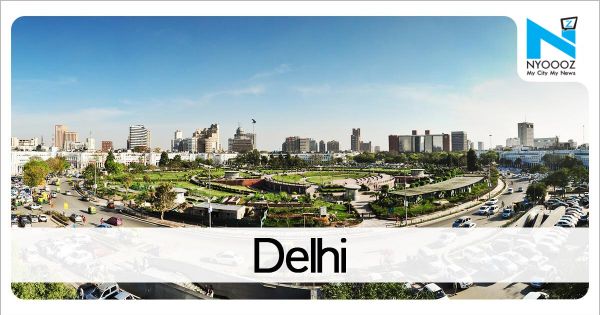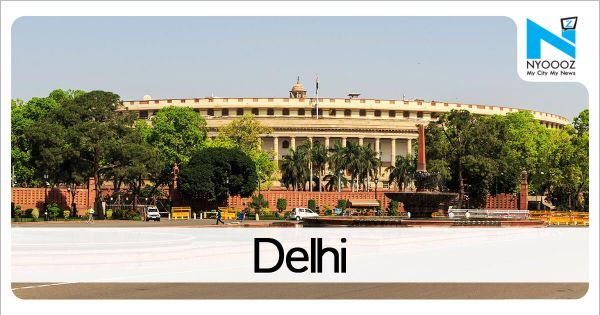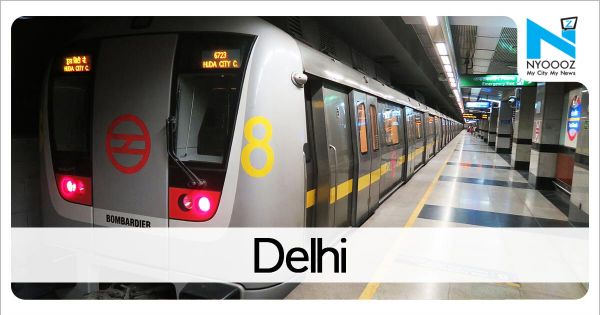Avg daily Metro journeys dropped from 57 lakh to 10 lakh after pandemic
- | Tuesday | 9th March, 2021

As per directions of the government to check the spread of coronavirus infection, Delhi Metro train services were suspended from March 22 onwards in 2020. Journey or line utilisation is calculated by the number of corridors passengers use to reach their destinations. "Before the lockdown due to the COVID-19 pandemic, the average daily passenger journeys on the Delhi Metro was about 57 lakh (including the Airport Line and Rapid Metro in Gurgaon)," as per the latest Delhi Economic Survey report. The Economic Survey report also said the average daily line utilisation in Delhi Metro was 50.64 lakh during the year 2019-20. Auto Rickshaw, Taxis, PhatphatSewa, Eco-friendly Sewa, GraminSewa, School Cabs, Maxi Cabs and owners of E-Rickshaw," the government's economic survey stated.

If You Like This Story, Support NYOOOZ
Your support to NYOOOZ will help us to continue create and publish news for and from smaller cities, which also need equal voice as much as citizens living in bigger cities have through mainstream media organizations.
Stay updated with all the Delhi Latest News headlines here. For more exclusive & live news updates from all around India, stay connected with NYOOOZ.










